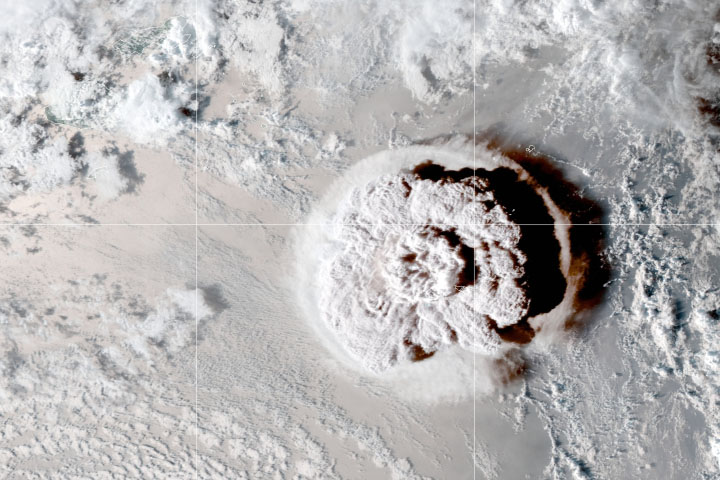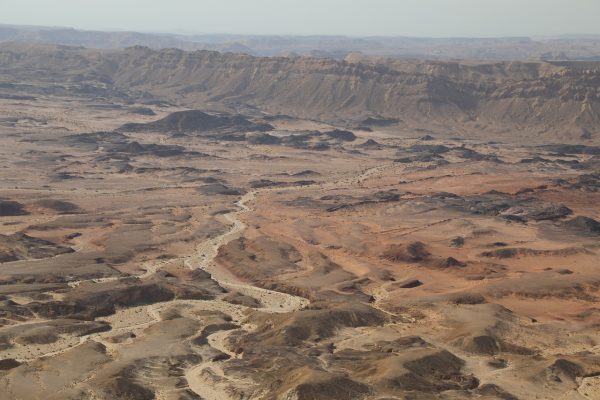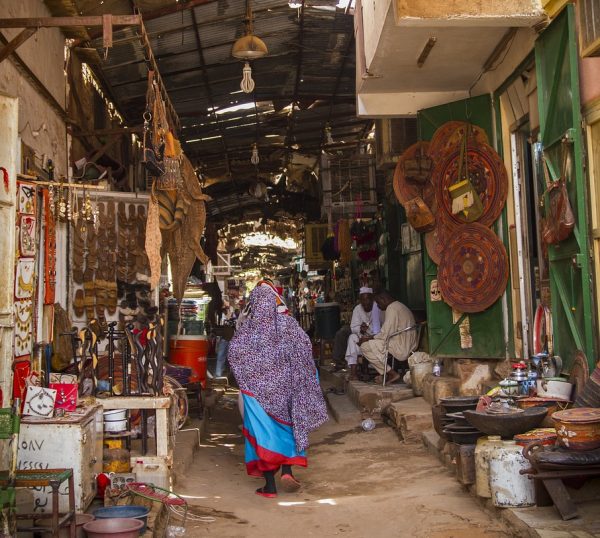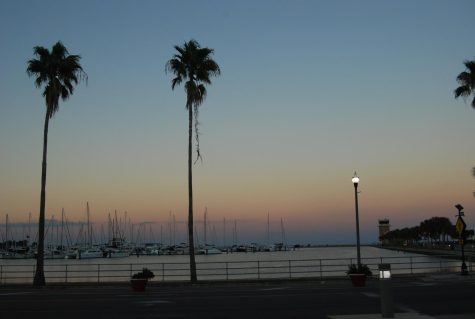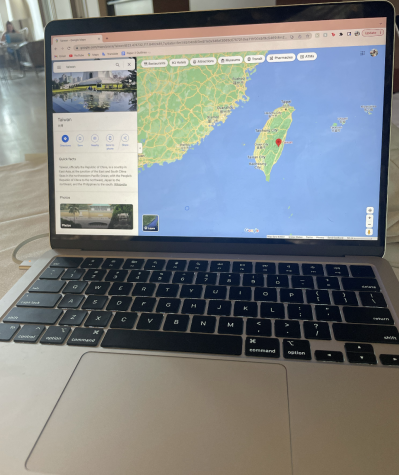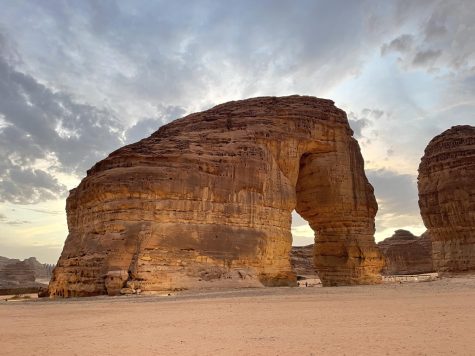Explosion of the Century
Eruptions larger than any in the past 30 years hit the Kingdom of Tonga this Saturday, with 5 dead and 4 injured. The Hunga Tonga island was one of the hundreds of islands in the small Polynesian, although uninhabited due to the large angry mountain resting there, among other reasons. Relatively minor eruptions from the volcano in 2009 and 2014 led to the creation of the island, but since then the volcano was assumed inactive. However, starting in December, it gave out three worrying new rumbles, culminating on the 15th with an explosion large enough to destroy the island, heard as far away as Anchorage, Alaska. In Tonga, waves of varying size hit the archipelago, with 7-foot waves hitting the capital and up to 49-foot waves slamming everywhere else in the country. Currently, 3 deaths have been confirmed by the Tongan government, with many remaining missing. Destruction of houses and other buildings was widespread. In addition, the islands were blanked with ash and dust, contaminating the drinking water and in some cases making it difficult to breathe. The total effect to the nation have yet to be fully known, with communication issues interfering with government response.
The effects of the eruption were felt across the world, and particularly in Japan, New Zealand, and Australia. Authorities in nations close to the event almost universally gave out heavy tsunami warnings, which kept casualties to a minimum, despite scattered property damage. In Peru, two were killed by the unexpectedly high tsunami waves up to 6 feet. In America, effects were limited but noticeable. Coasts across Hawaii and the West Coast were flooded by up to 5 feet of water, and despite official warnings several people were swept out to sea and recovered with injuries. Even as far away as Chicago, noticeable pressure fluctuations from the eastern part of the shockwave were picked up by instruments. About a day later, such fluctuations were felt in Chicago again from the western part reaching all the way around the globe.
Despite the limited destruction, there were some limited benefits. Large expulsions of ash such as this have been shown to create a minor colling effect on global atmosphere, although data appears to show the eruption may not have been large enough. More noticeably, some climate scientists have suggested the possibility that dust in the atmosphere could turn skies in the Southern Hemisphere purple in a few months.


